Cruising Kristiansand And Oslo
It's a lieaurely cruise to Kristiansand.

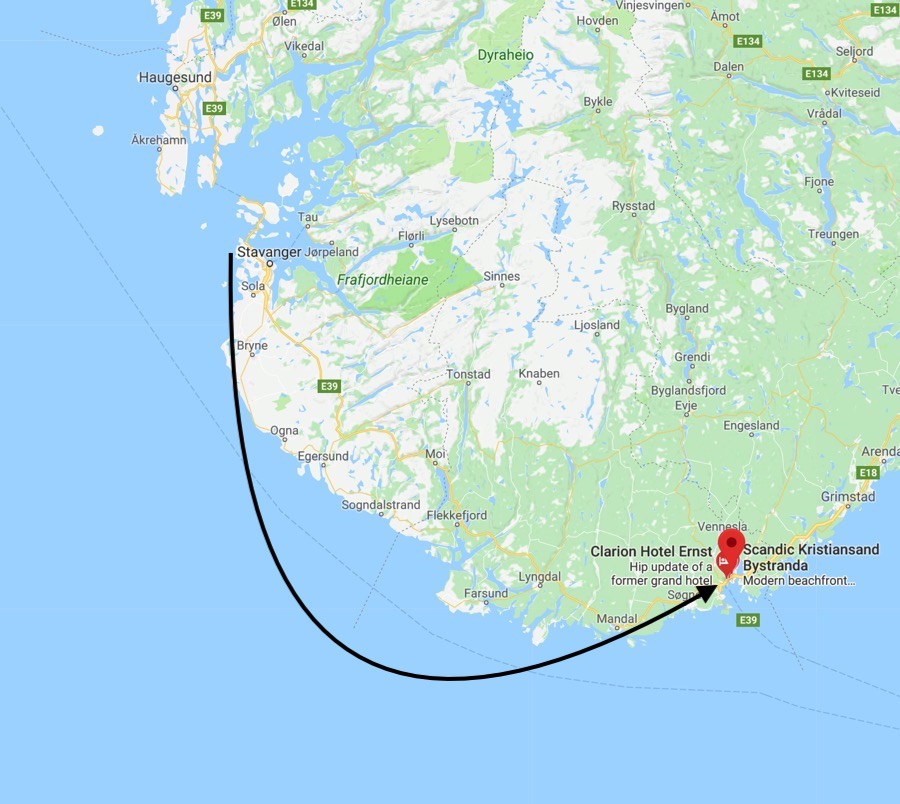
143 miles of relaxing at sea overnight

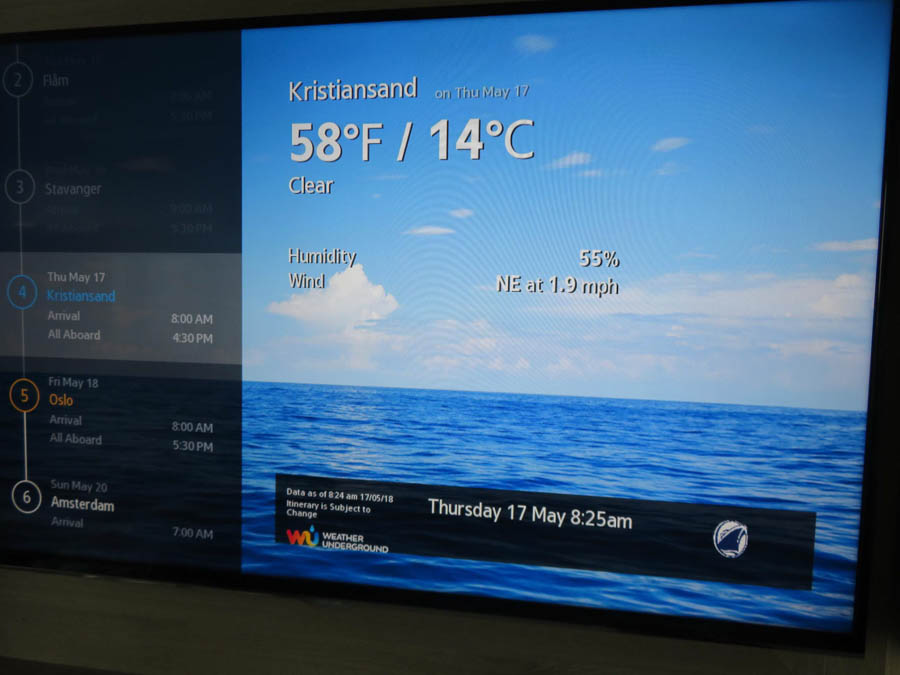
Great weather
Did You Know? - The Kristiansand area has been inhabited since prehistoric times. In 1996, the well-preserved skeleton of a woman dating to approximately 6500 BC was discovered in the neighboring municipality of Søgne. This demonstrates very early habitation of the archipelago.
The city is named for King Christian IV, who founded it on 5 July 1641. The second element, sand, refers to the sandy headland the city was built on
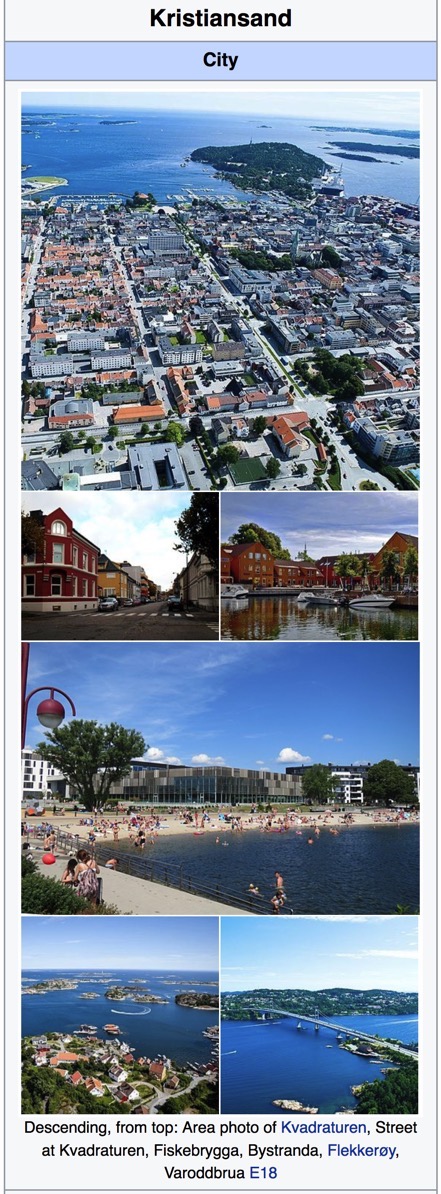
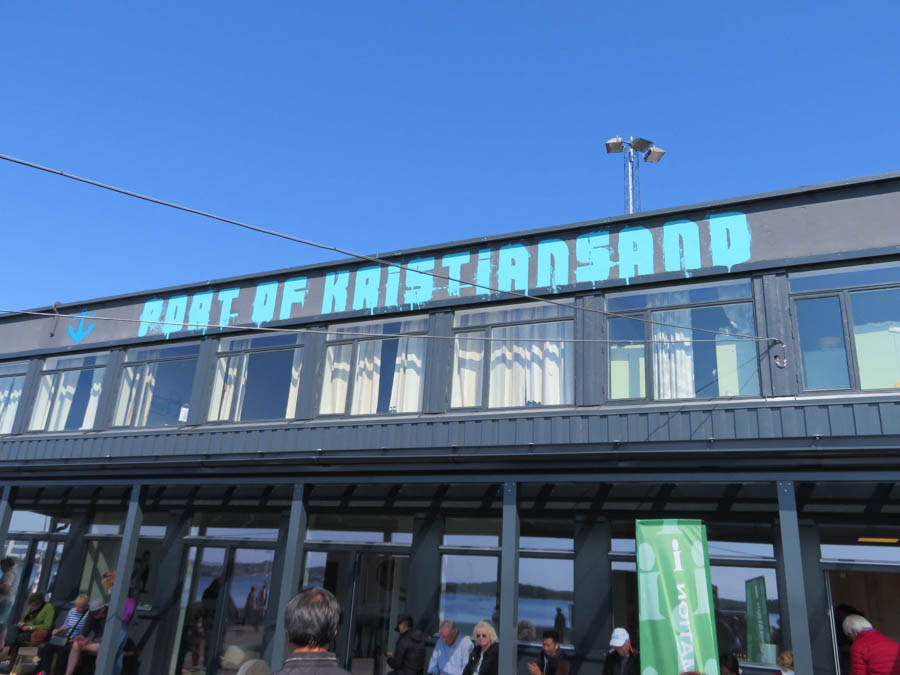
We have arrived!
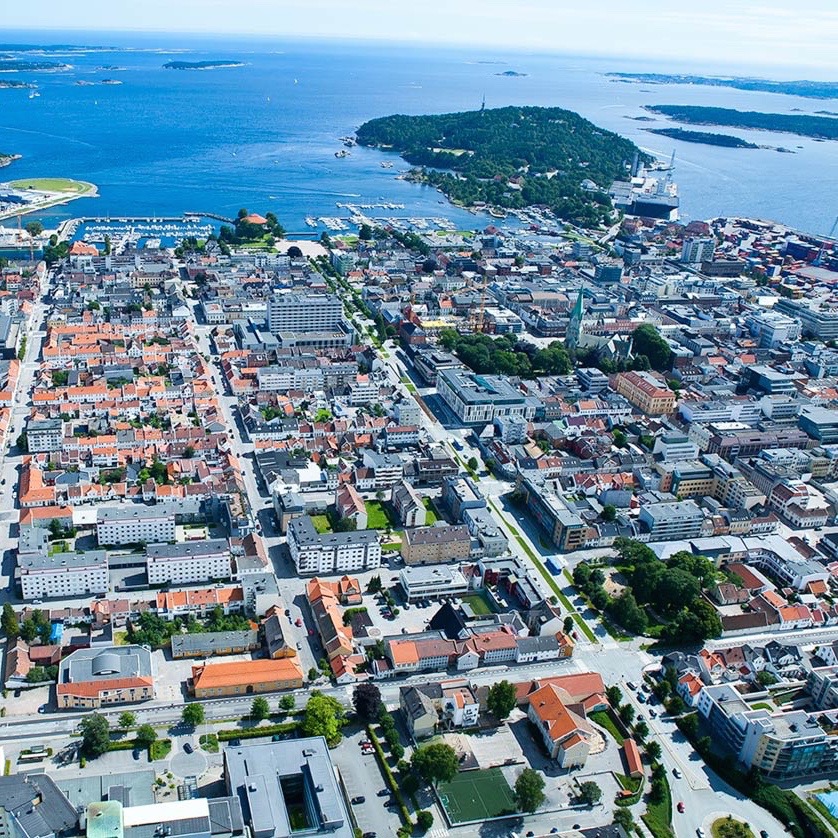
A beautiful port on the Northern Sea
Did You Know? - Kristiansand is a summer tourist destination, attracting many visitors in particular to its zoo, Kristiansand Zoo and Amusement Park, just east of the city. This is the second most visited attraction in Norway, after Holmenkollen, and had 925,000 visitors in 2012. Its animals, most of which are housed in natural habitats, include wolves, tigers, lions and the lynx. The zoo is open 365 days a year, while the amusement park is open during the summer season only.

May 17th - Looked like a welcoming committee but they were actually celebrating their independence day. Everyone was wearing their best authentic wear. Children we given free ice cream (non for us adults)
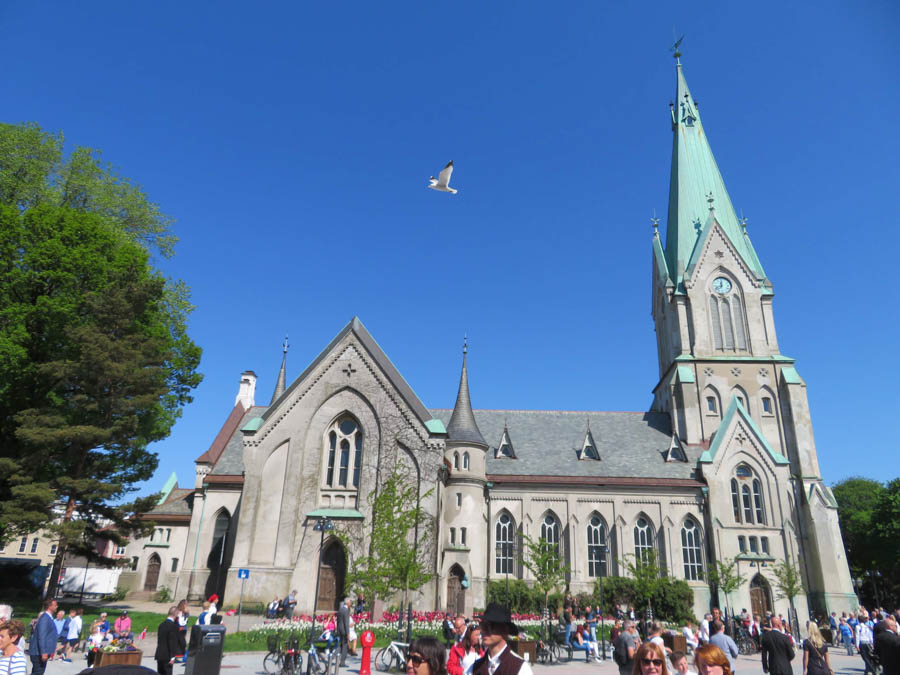
Kristiansand Cathedral
Kristiansand Cathedral is the largest church in Kristiansand. It is located in Kvadraturen with the town hall and Wergelandsparken. The church was built in 1885 and have the capacity of 1500 people. The church is the seat of the Bishop of Agder and Telemark in the Church of Norway.
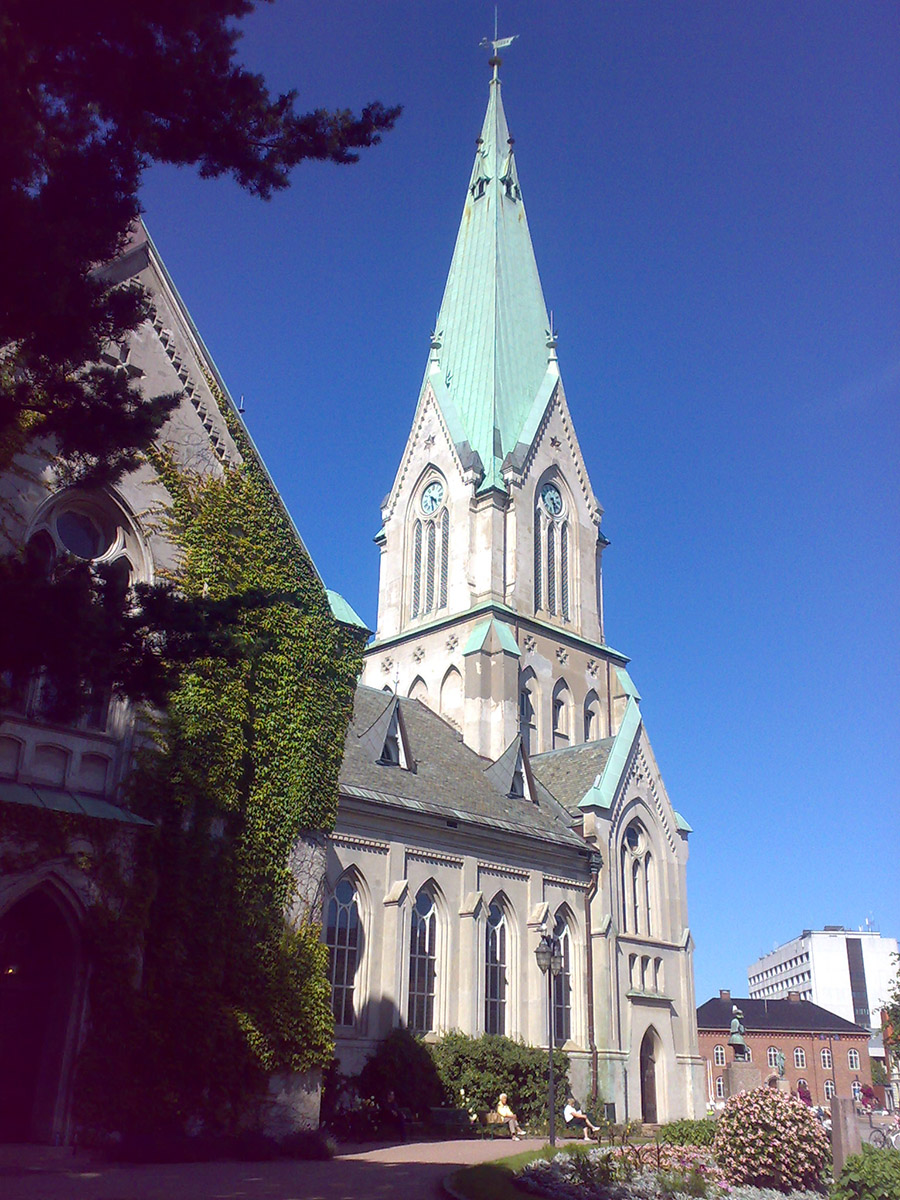
Love the copper roof
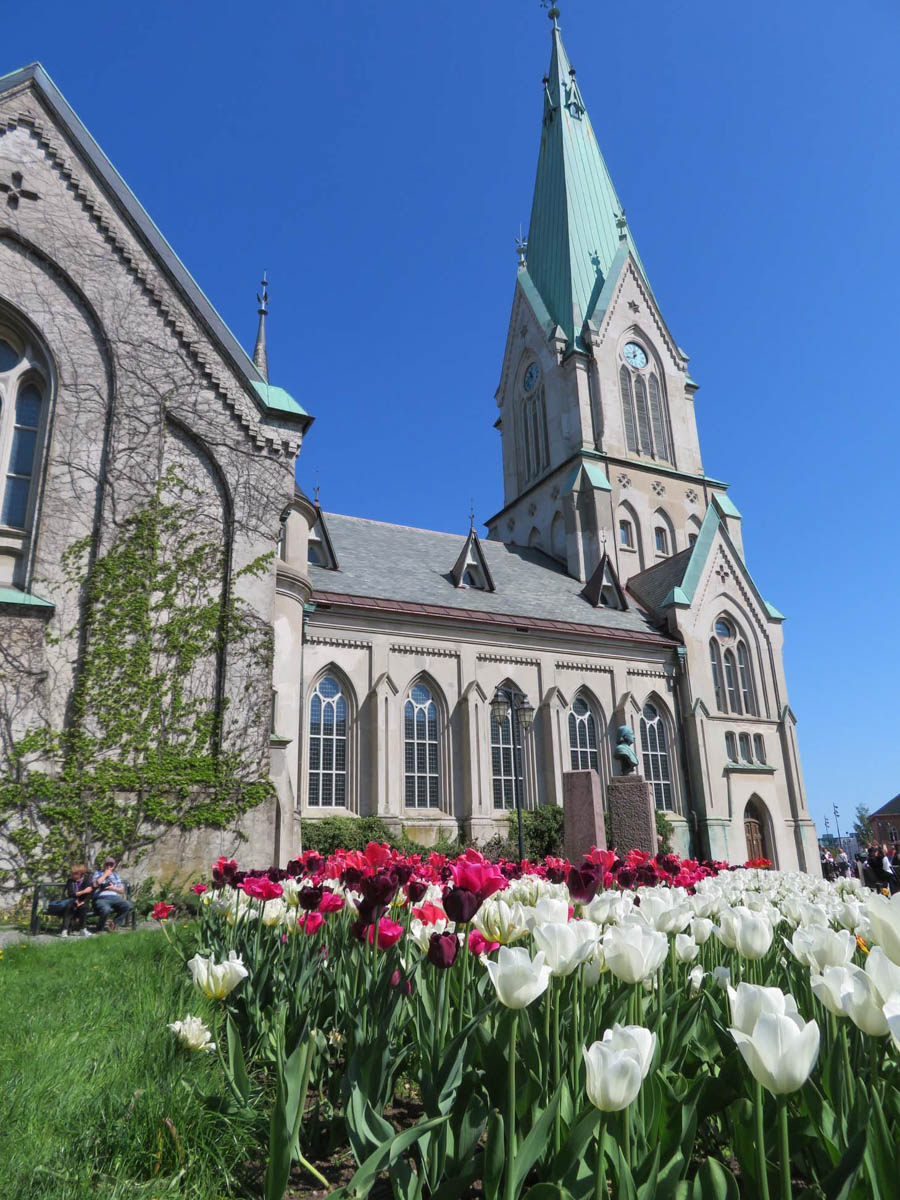
Tulips are indeed everywhere
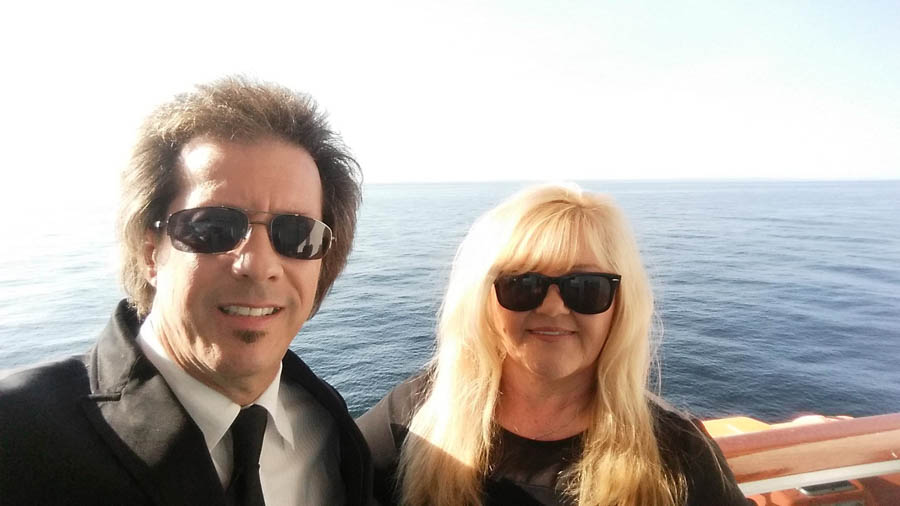
Back on board... Heading southeast to Oslo
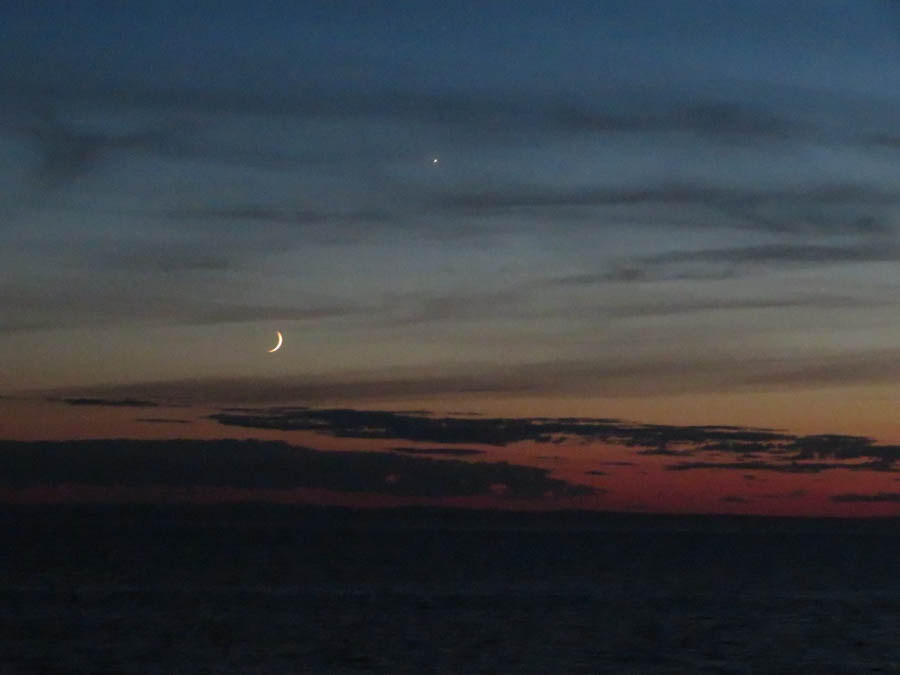
Night falls around 10:00 PM and we are on our way to Oslo!


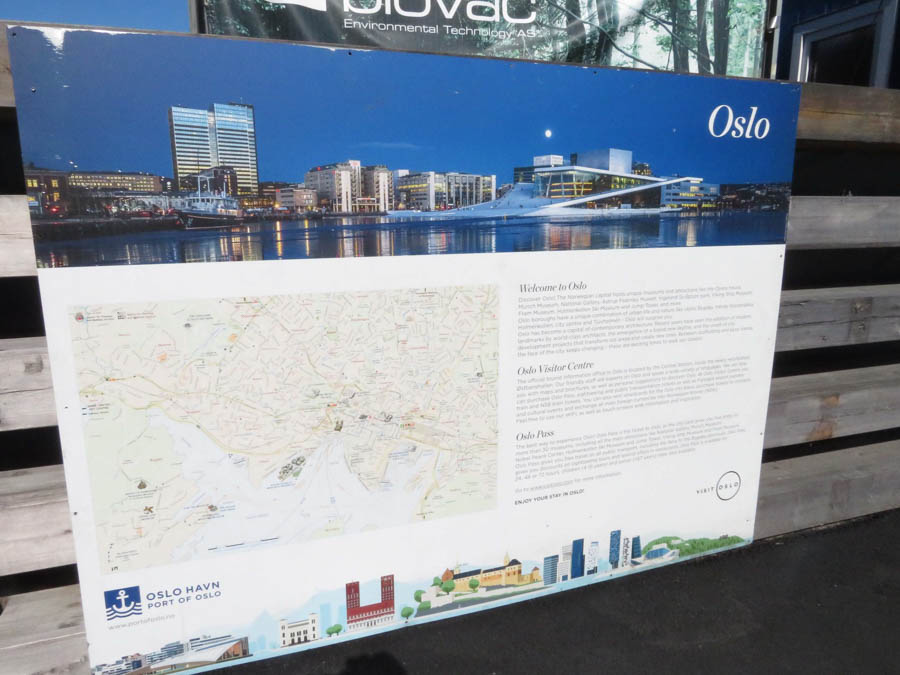
May 18th We are at destination! Time to find the "Hop-On Hop-Off" bus
Did You Know? - Oslo is the capital and most populous city of Norway. It constitutes both a county and a municipality. Founded in the year 1040, and established as a kaupstad or trading place in 1048 by Harald Hardrada, the city was elevated to a bishopric in 1070 and a capital under Haakon V of Norway around 1300. Personal unions with Denmark from 1397 to 1523 and again from 1536 to 1814 and with Sweden from 1814 to 1905 reduced its influence. After being destroyed by a fire in 1624, during the reign of King Christian IV, a new city was built closer to Akershus Fortress and named Christiania in the king's honour. It was established as a municipality (formannskapsdistrikt) on 1 January 1838. Following a spelling reform, it was known as Kristiania from 1877 until 1925, in which year the Norwegian name Oslo replaced Kristiania.

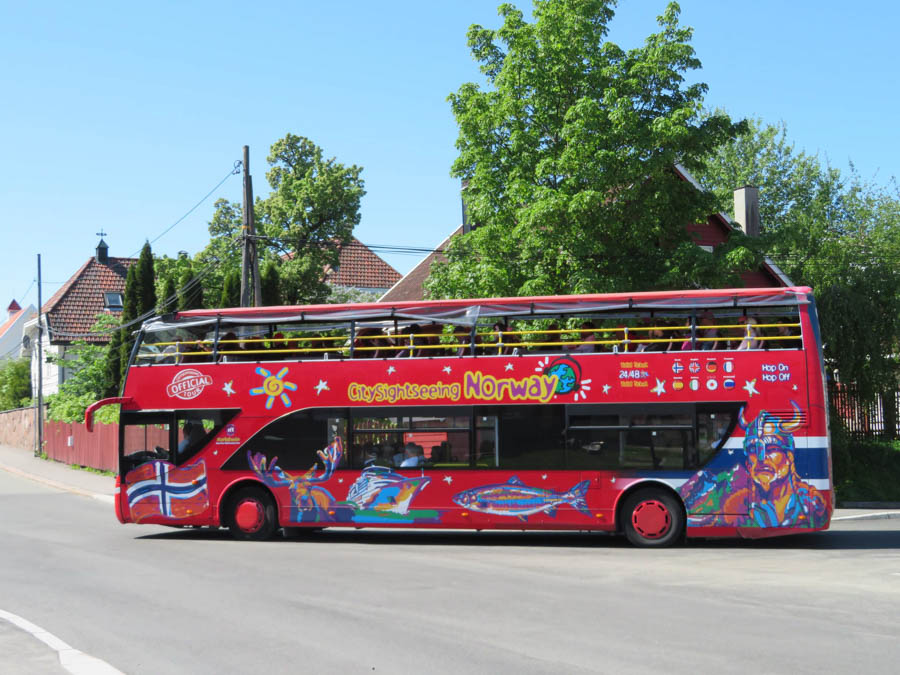
How to see the city... We hopped on and off! Fist stop, the Viking Museum
Also drove by parliament, Nobel Peace Museum on our way to the Hard Rock to quench our thirst

The Oslo Royal Palace

The palace gets a lot of tourist traffic

Did You Know? - The museum is most famous for the completely whole Oseberg ship, excavated from the largest known ship burial in the world. Other main attractions at the Viking Ship Museum are the Gokstad ship and Tune ship. Additionally, the Viking Age display includes sledges, beds, a horse cart, wood carving, tent components, buckets and other grave goods
In 1913, Swedish professor Gabriel Gustafson proposed a specific building to house Viking Age finds that were discovered at the end of the 19th and the beginning of the 20th century. The Gokstad and Oseberg ships had been stored in temporary shelters at the University of Oslo. An architectural contest was held, and Arnstein Arneberg won.
The hall for the Oseberg ship was built with funding from the Parliament of Norway, and the ship was moved from the University shelters in 1926. The halls for the ships from Gokstad and Tune were completed in 1932. Building of the last hall was delayed, partly due to the Second World War, and this hall was completed in 1957. It houses most of the other finds, mostly from Oseberg.

Typical Norwegian understatement
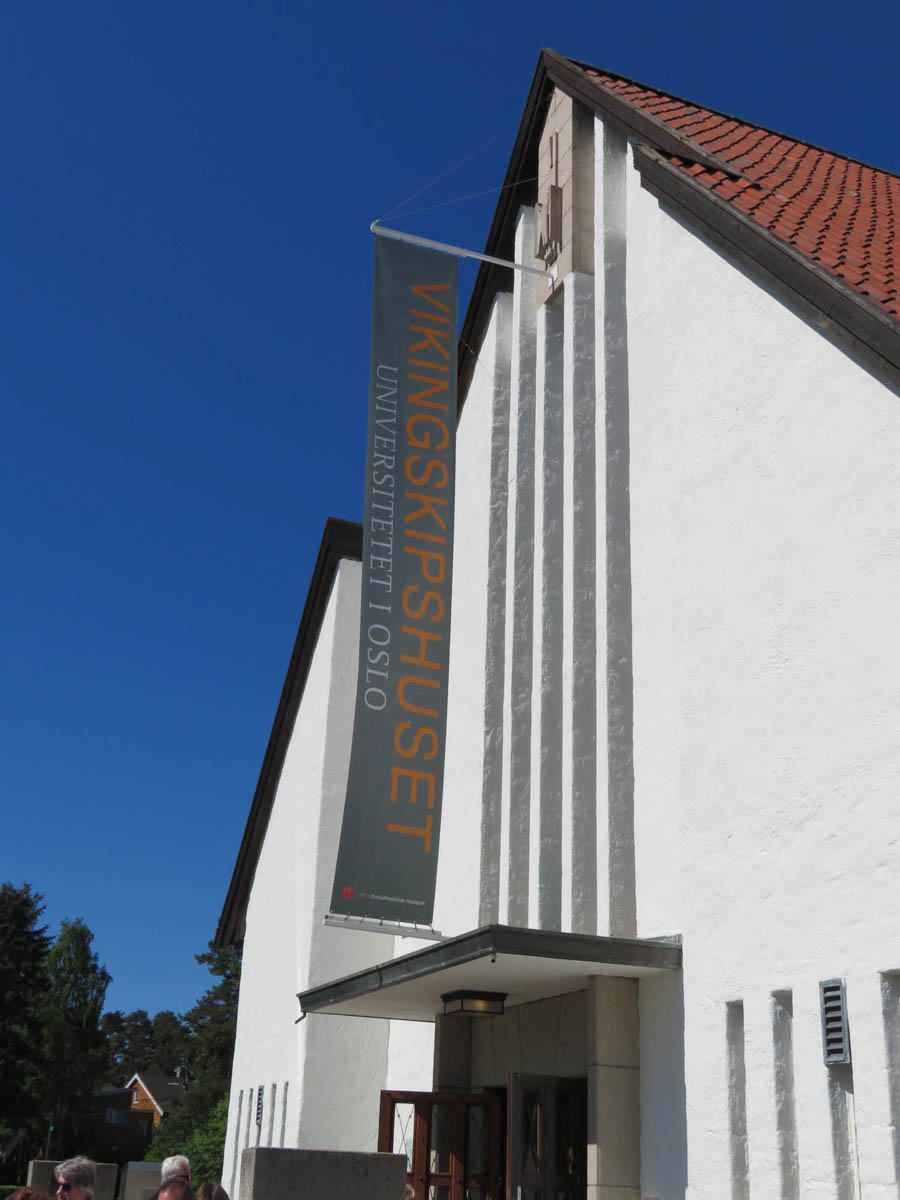
Come on in!

Oyr guides were quite nice!
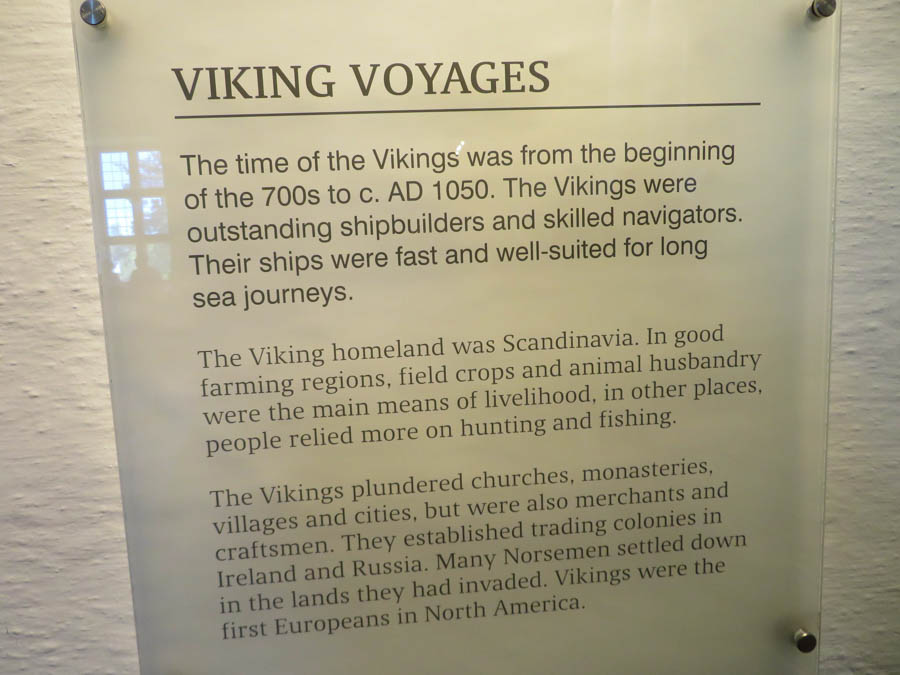
The great explorers
Did You Know? - The ship has functioned as the centerpiece of Scandinavian culture for millennia, serving both pragmatic and religious purposes, and its importance was already deeply rooted in the Scandinavian culture when the Viking Age began. Scandinavia is a region with relatively high inland mountain ranges, dense forests and easy access to the sea with many natural ports. Consequently, trade routes were primarily operated via shipping, as inland travel was both more hazardous and cumbersome. Many stone engravings from the Nordic Stone Age and in particular the Nordic Bronze Age, depict ships in various situations and valuable ships were sacrificed as part of ceremonial votive offerings since at least the Nordic Iron Age, as evidenced by the Hjortspring and Nydam boats.
The Viking kingdoms developed into coastal cities, all of which were deeply dependent on the North Sea and the Baltic Sea for survival and development. Control of the waterways was of critical importance, and consequently advanced war ships were in high demand. But in fact, because of their overwhelming importance, ships became a mainstay of the Viking pagan religion, as they evolved into symbols of power and prowess. Throughout the first millennium, respectable Viking chieftains and noblemen were commonly buried with an intact, luxurious ship to transport them to the afterlife. Furthermore, the Hedeby coins, among the earliest known Danish currency, have ships as emblems, showing the importance of naval vessels in the area. Through such cultural and practical significance, the Viking ship progressed into the most powerful, advanced naval vessel in Viking Age Europe.
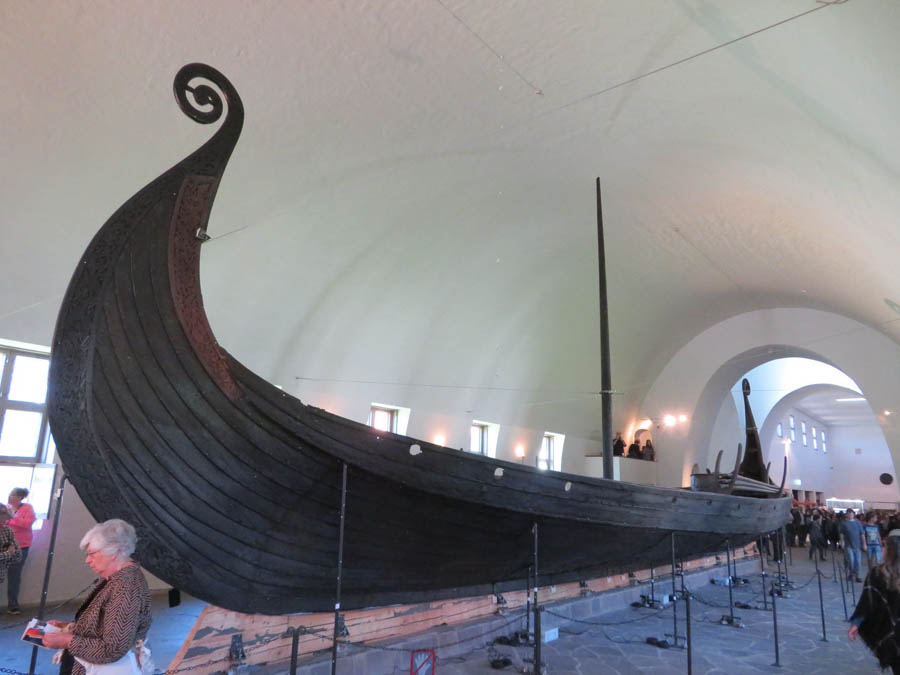
Oseberg Ship in Viking Ship Museum

Amazing preservation

Found in a burial mound in 1880
Did You Know? - The ship was built to carry 32 oarsmen, and the oar holes could be hatched down when the ship was under sail. It utilized a square sail of approximately 110 square meters (1,200 sq ft), which, it is estimated, could propel the ship to over 12 knots (22 km/h; 14 mph). The mast could be raised and lowered. While the ship was traveling in shallow water, the rudder could be raised very quickly by undoing the fastening. Dendrochronological dating suggests that the ship was built from timber that was felled around 890 AD. This period was the height of Norse expansion in Ireland and England. The Gokstad ship was commissioned at the end of the 9th century during the reign of King Harald Fairhair. The ship typically held a crew of 40 men but could carry a maximum of 70. The ship’s design has been demonstrated to be remarkably seaworthy.
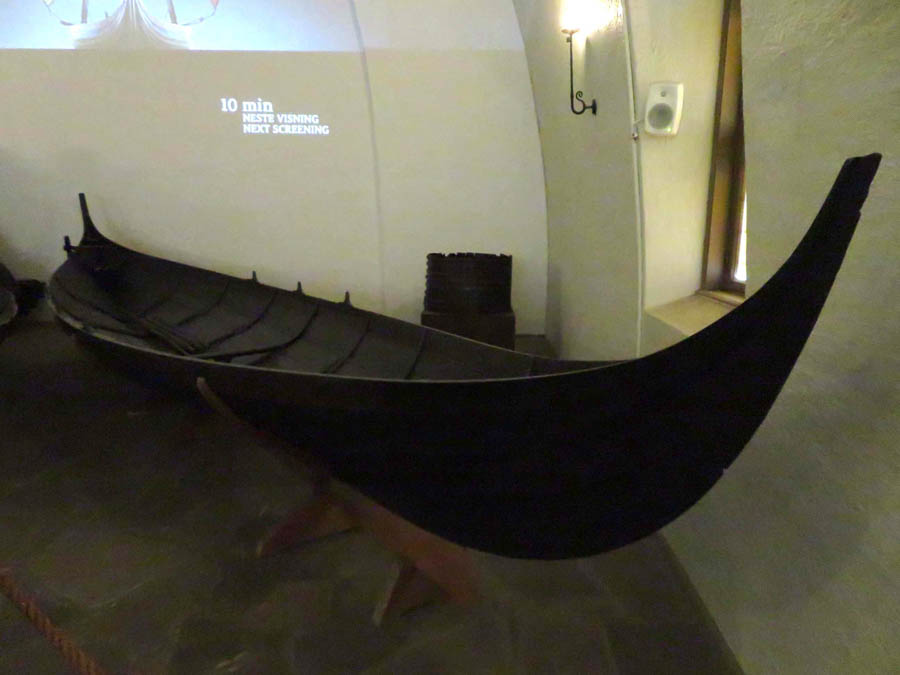
The Small Boats
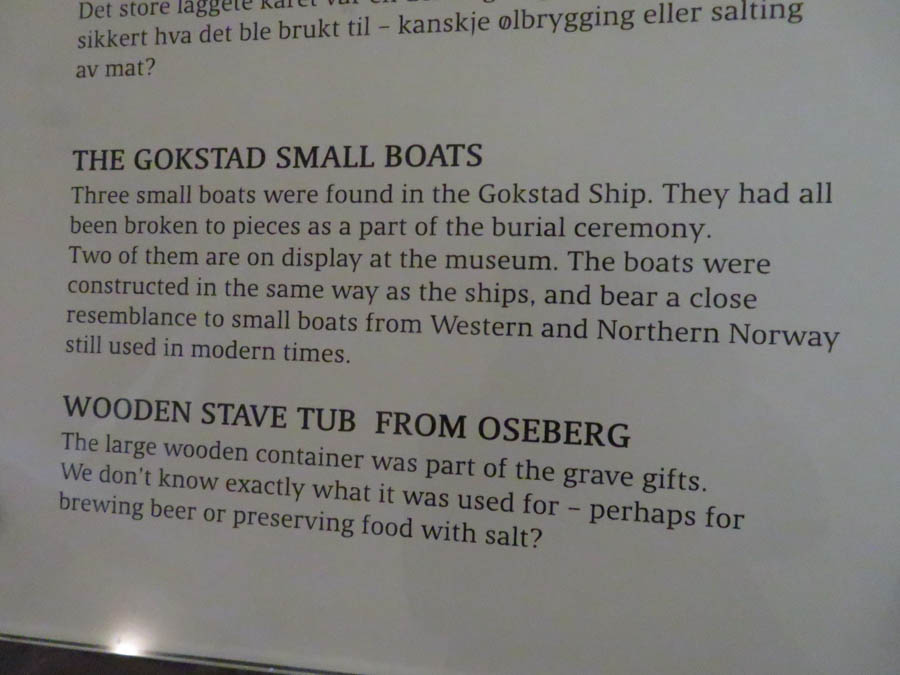
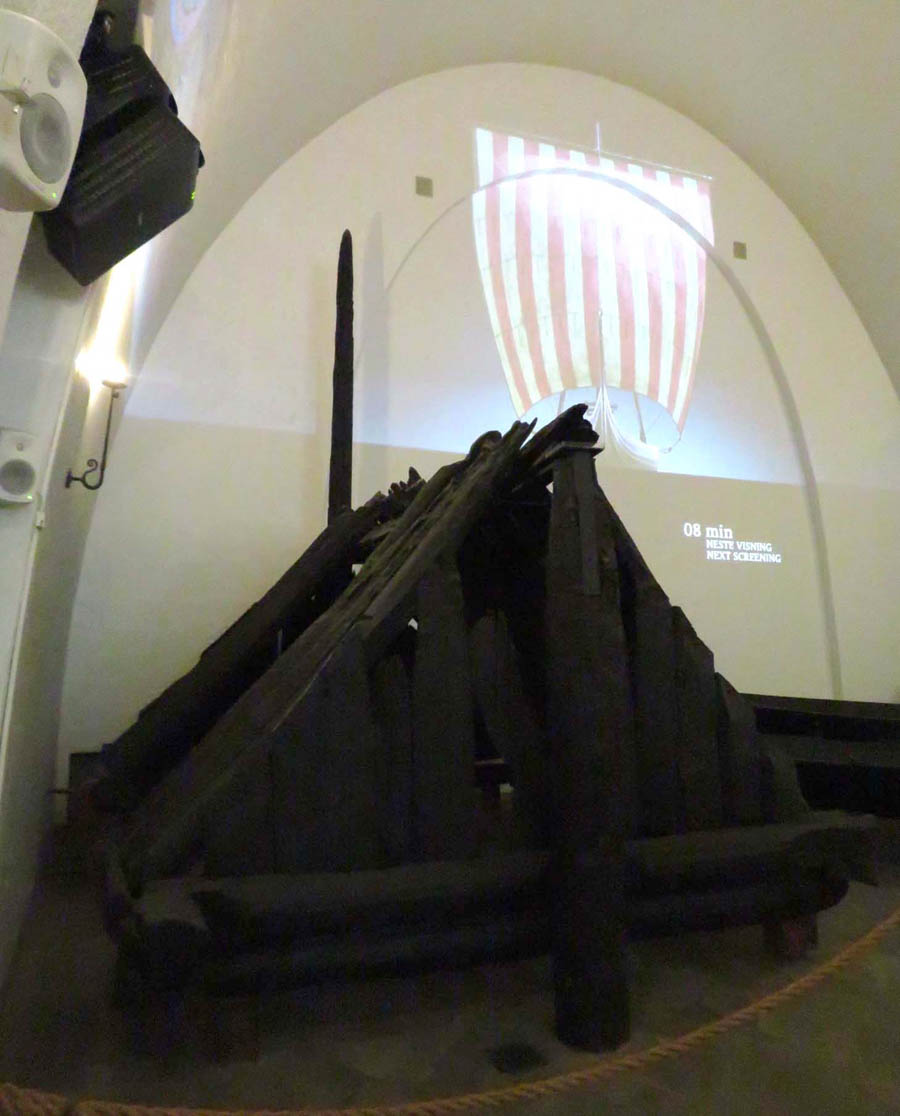
The tub was built into the boat... It's purpose is unknown to this day!

Amazing!

The ship was buried on this mound with it sole passenger
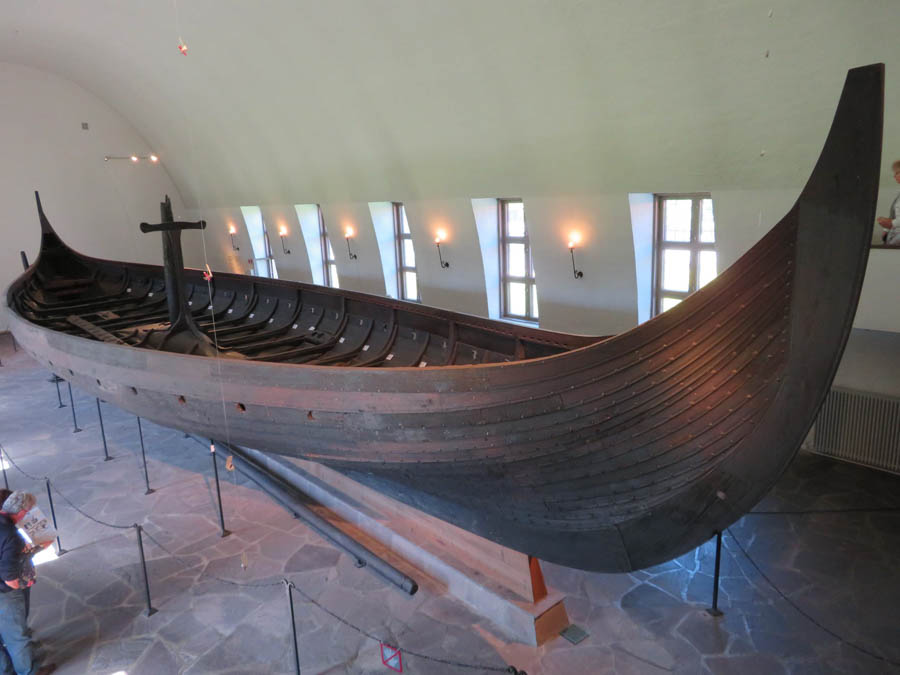
The preservation was because it was covered with layers and layers of birch bark protecting it from the soil
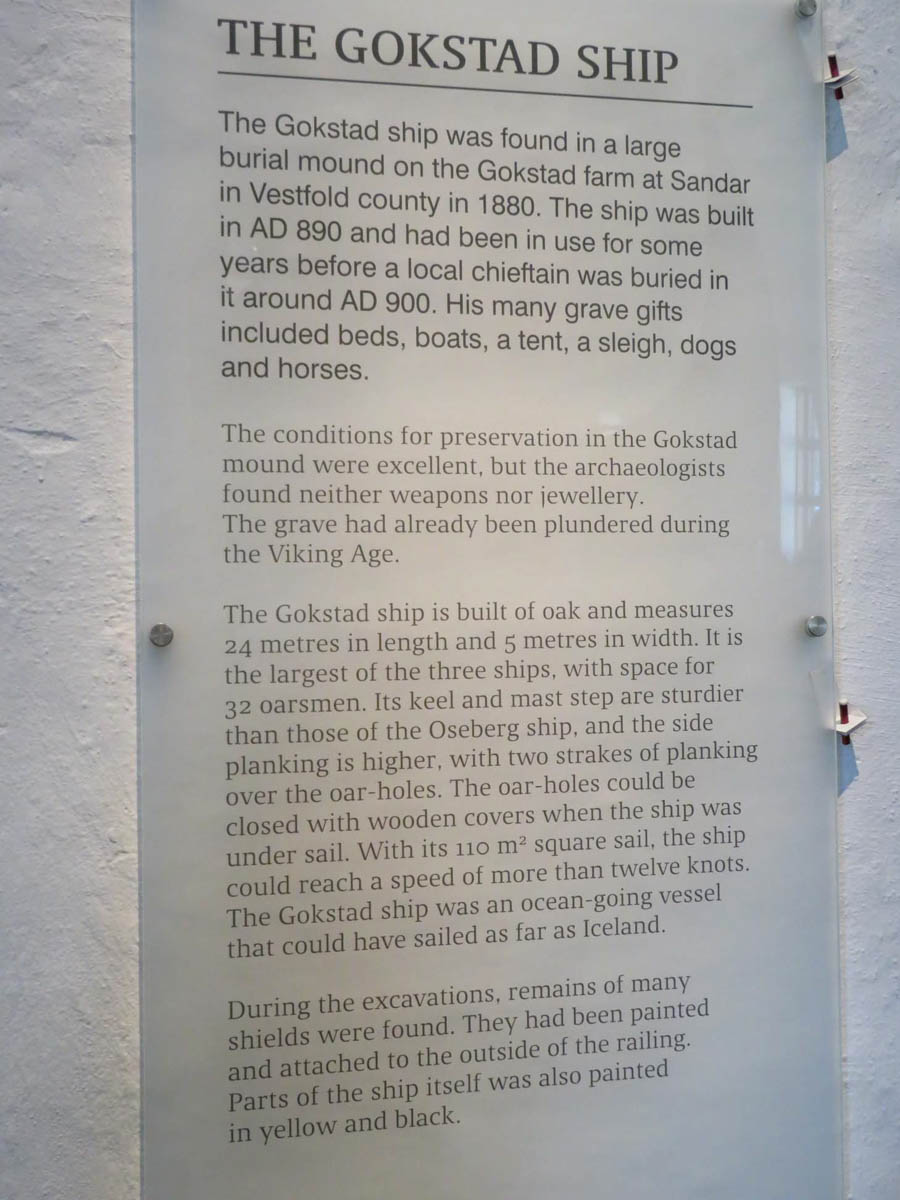
Quite a find!
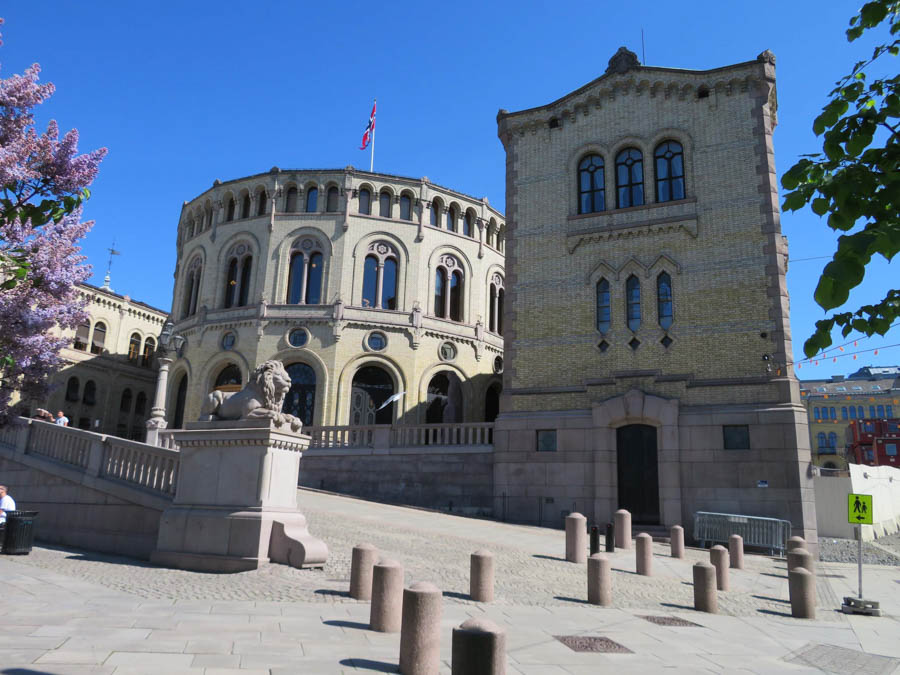
The Norwegian Supreme Legislature Building
Did You Know? - The Storting (Norwegian: Stortinget, "the great thing" or "the great assembly") is the supreme legislature of Norway, established in 1814 by the Constitution of Norway. It is located in Oslo. The unicameral parliament has 169 members, and is elected every four years based on party-list proportional representation in eighteen plural member constituencies. A member of the Storting is known in Norwegian as a stortingsrepresentant, literally "Storting representative".
The assembly is led by a president and, since 2009 five vice presidents — the presidium. The members are allocated to twelve standing committees, as well as four procedural committees. Three ombudsmen are directly subordinate to parliament: the Parliamentary Intelligence Oversight Committee and the Office of the Auditor General.
Parliamentarianism was established in 1884. In 2009, qualified unicameralism was replaced by unicameralism, through the dissolution of the two chambers: the Lagting and the Odelsting.
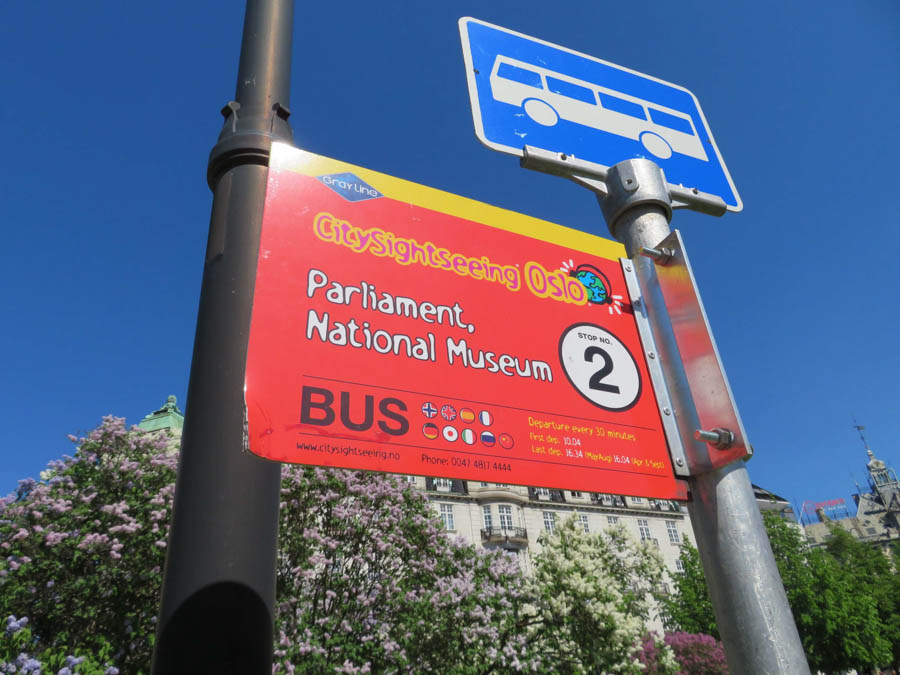
Making the stops


The Oslo Grand Hotel
Did You Know? - Grand Hotel is a hotel in Oslo, Norway. The hotel is best known as is the annual venue of the winner of the Nobel Peace Prize.
Grand Hotel is situated in a very central location on the main thoroughfare, the Karl Johans gate, between the Norwegian Parliament building and the Royal Palace. It is within walking distance of Oslo's main shopping and cultural areas, as well as its sights. The hotel was opened in 1874 and is one of the most traditional hotels in Norway.
Each year the hotel hosts the annual Nobel Peace Prize banquet, and the prize winners stay in the Nobel suite at the hotel. Roald Dahl stayed here when young and where his inspiration came from to do his 1984 autobiographical book, Boy: Tales of Childhood.
The hotel has several restaurants. These include "Grand Café", where Henrik Ibsen used to eat every day; the "Restaurant Julius Fritzner", named after Julius Fritzner, the man who founded the hotel in 1874; and "Palmen Restaurant", a traditional and stylish lunch restaurant.
Grand Hotel is a classical style building with white granite facade and clock tower. The hotel has 290 rooms. The hotel is affiliated with Rica Hotels, a chain of approx. 90 hotels located in Norway and Sweden.

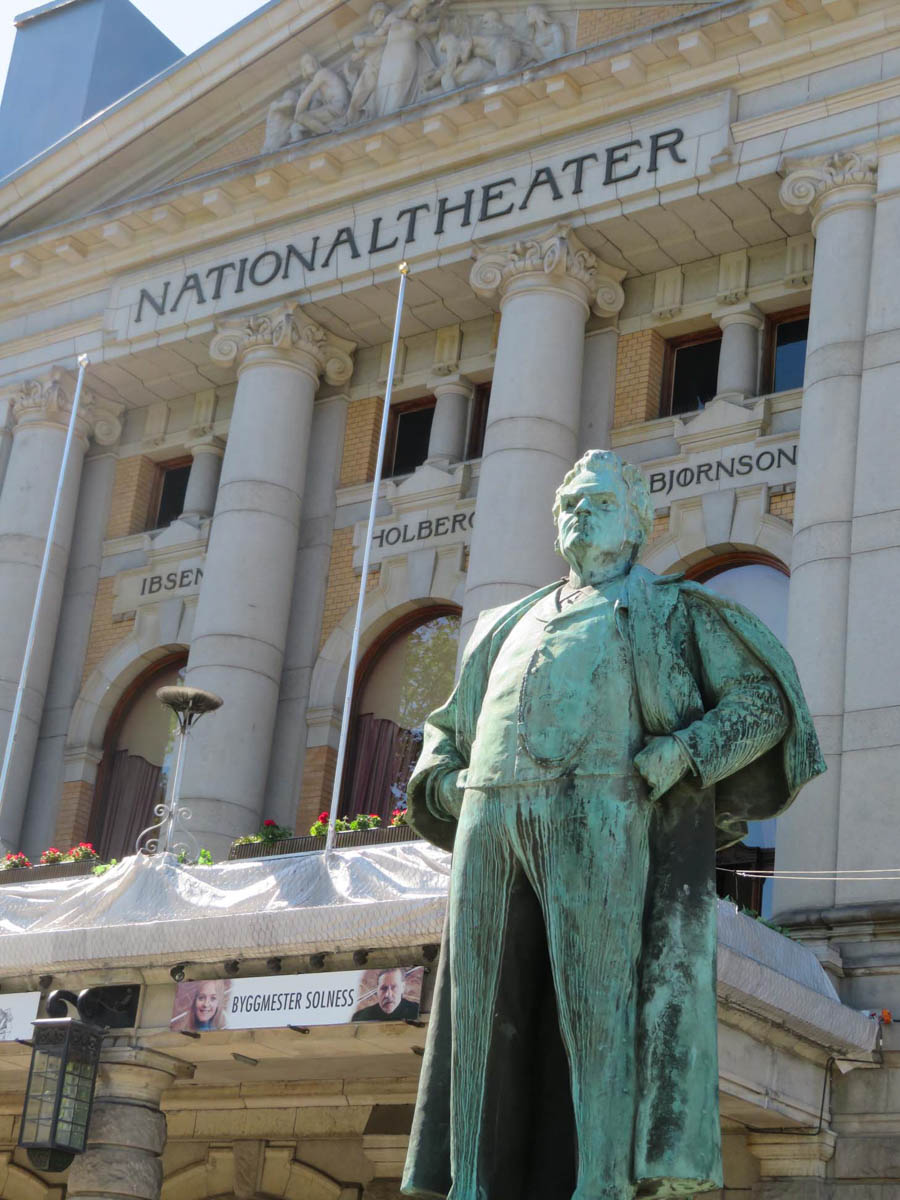
Four theaters in one!
Did You Know? - The National Theatre was founded as a private institution and weathered several financial crises until 1929, when the Norwegian government started providing modest support. A number of famous Norwegians have served as artistic directors for the theatre, but Vilhelm Krag who took over in 1911, is credited as having brought the theatre into its "golden age."
The theatre is often considered the home for Ibsen's plays, and most of his works have been performed here. Notable is also the children's Christmas play, The Journey to the Christmas Star (Reisen til Julestjernen), written by the then theatre's finance director Sverre Brandt and performed for the first time in 1924.
The main building is centrally located between the Royal Palace, Oslo and the Parliament of Norway. It is served by National Theatre Station and National Theatre metro stations. It was designed by architect Henrik Bull.
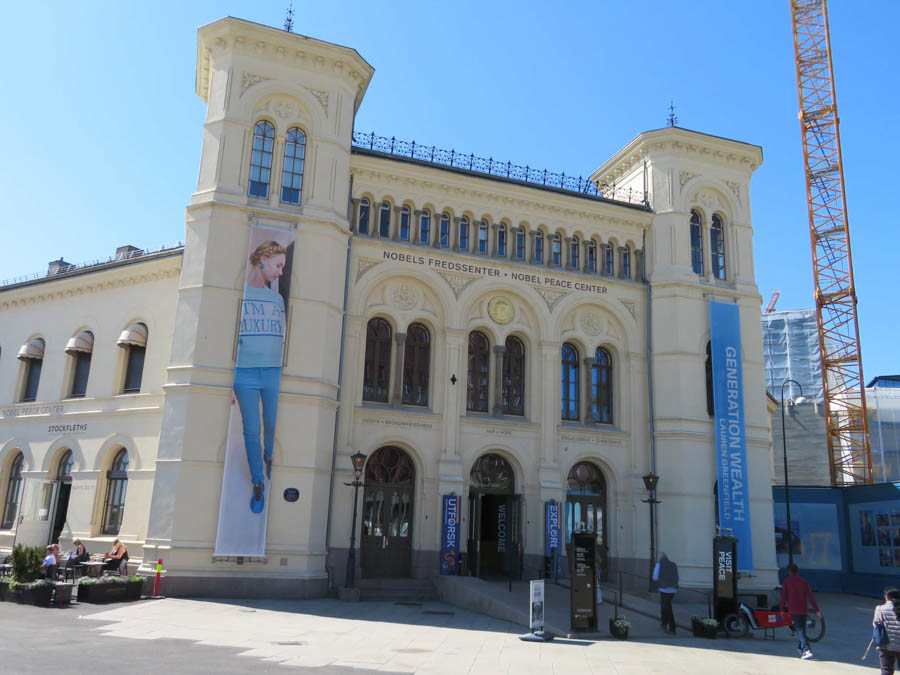
Minor repairs underway!

The new museum building as seen from the Oslo Fjord

Rustic versus modern all over! This is the Holmenkollbakken (ski jump)
Did You Know? - Holmenkollbakken is a large ski jumping hill located at Holmenkollen in Oslo, Norway. It has a hill size of HS134, a construction point of K-120, and a capacity for 70,000 spectators. Holmenkollen has hosted the Holmenkollen Ski Festival since 1892, which since 1980 have been part of the FIS Ski Jumping World Cup and 1983 the FIS Nordic Combined World Cup. It has also hosted the 1952 Winter Olympics and the FIS Nordic World Ski Championships in 1930, 1966, 1982 and 2011.
The hill has been rebuilt 19 times; important upgrades include a stone take-off in 1910, an in-run superstructure in 1914, and a new superstructure in 1928. During the Second World War, the venue was used as a military installation, but upgraded in the late 1940s. Further expansions were made ahead of the 1966 and 1982 World Championships, as well as in 1991. Between 2008 and 2010, the entire structure was demolished and rebuilt. As of 8 February 2011, the hill record is unofficially held by Anders Jacobsen at 142.5 meters. The official hill record was set at 5 March 2011 by Andreas Kofler at 141 meters. The hill is part of Holmenkollen National Arena, which in addition to cross-country and biathlon venues has the normal hill Midtstubakken.
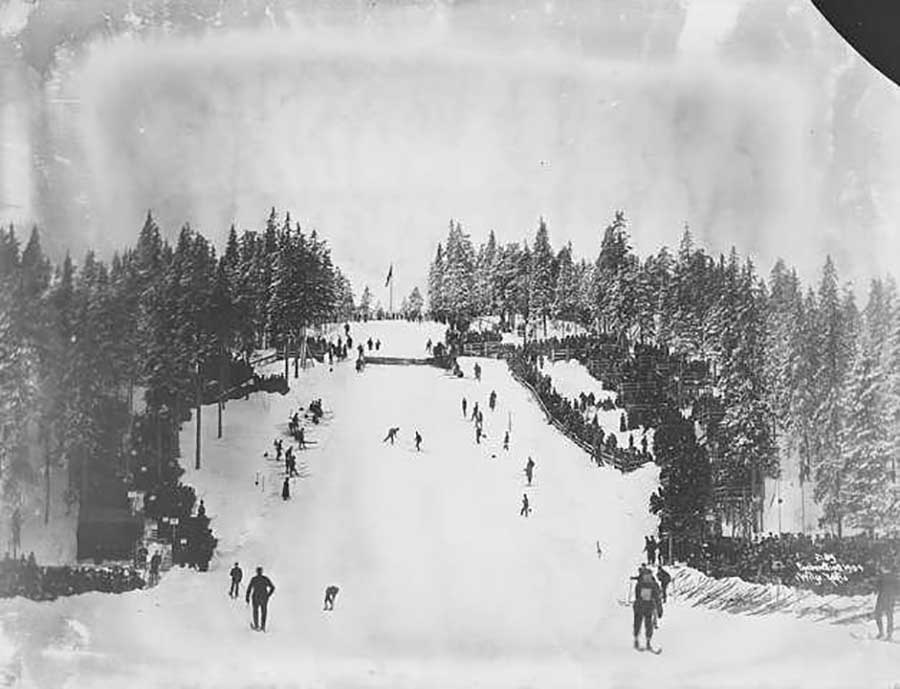
Holmenkollbakken in 1904, after the stone take-off had been built
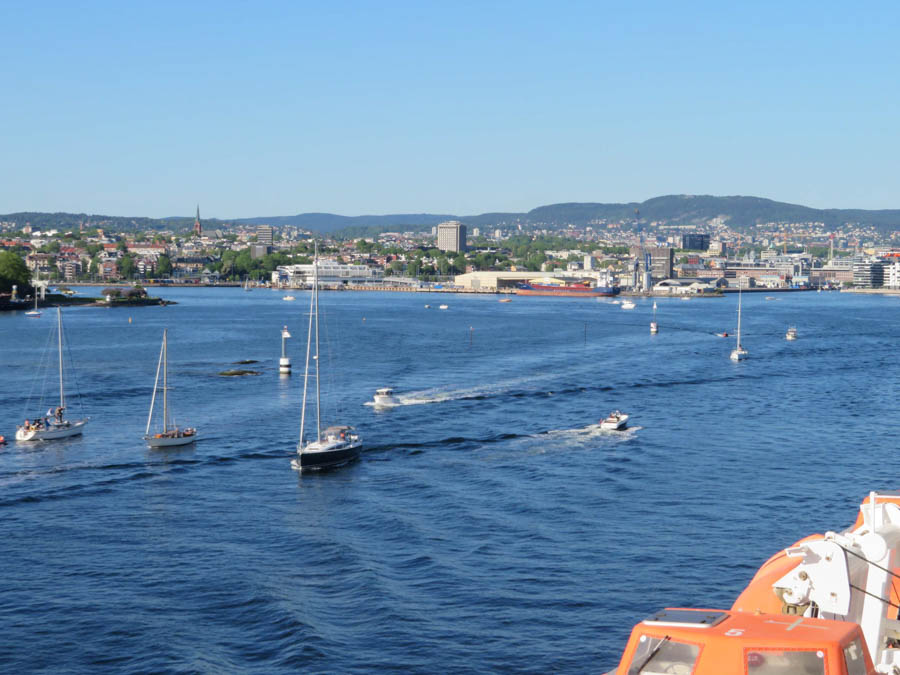
Quite a busy port!
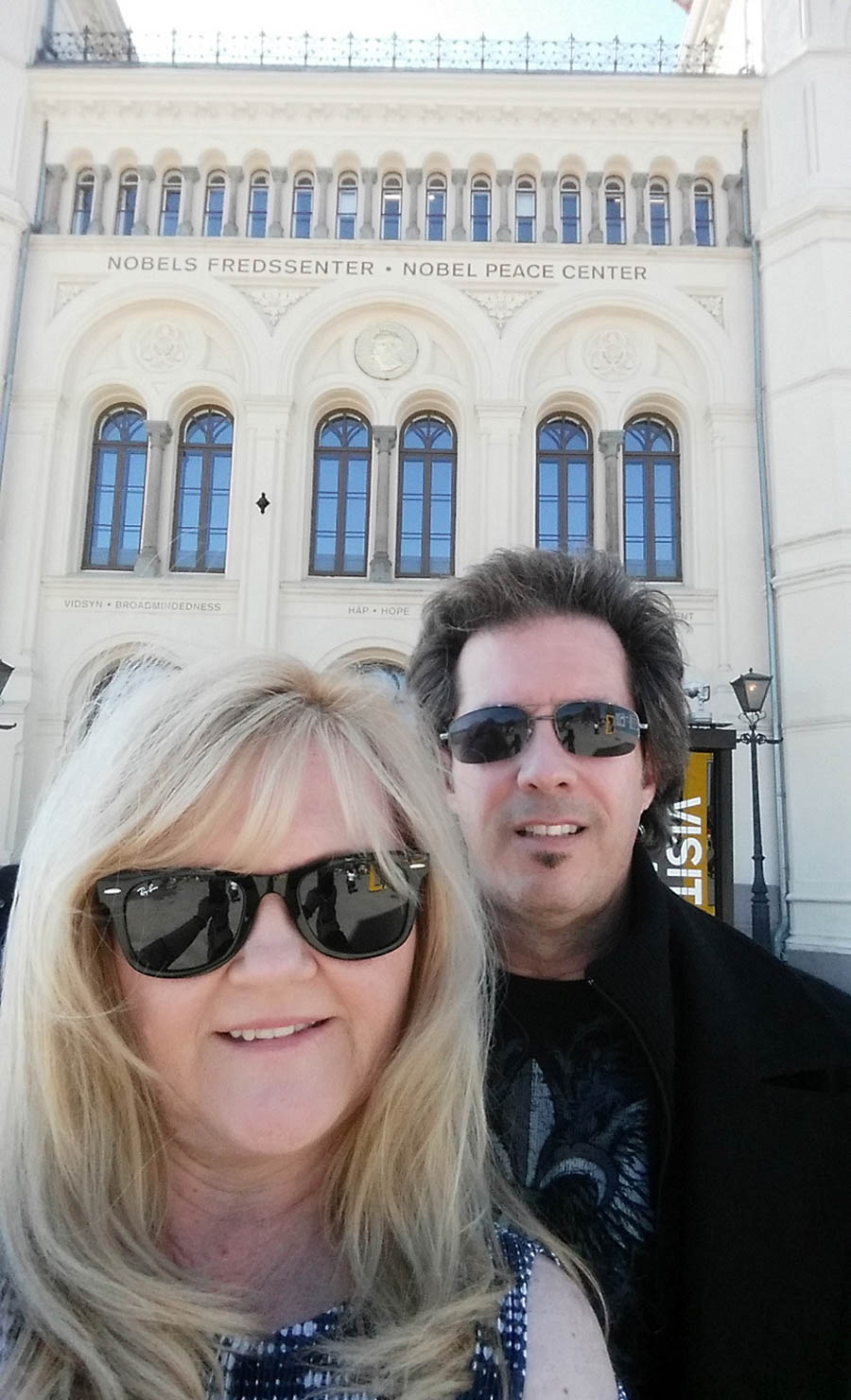
"Hey Bob.. Do we get a prize?"
Did You Know? - The Nobel Peace Center (Norwegian: Nobels Fredssenter) in Oslo, Norway is a showcase for the Nobel Peace Prize and the ideals it represents. The Center is also an arena where culture and politics merge to promote involvement, debate and reflection around topics such as war, peace and conflict resolution
.

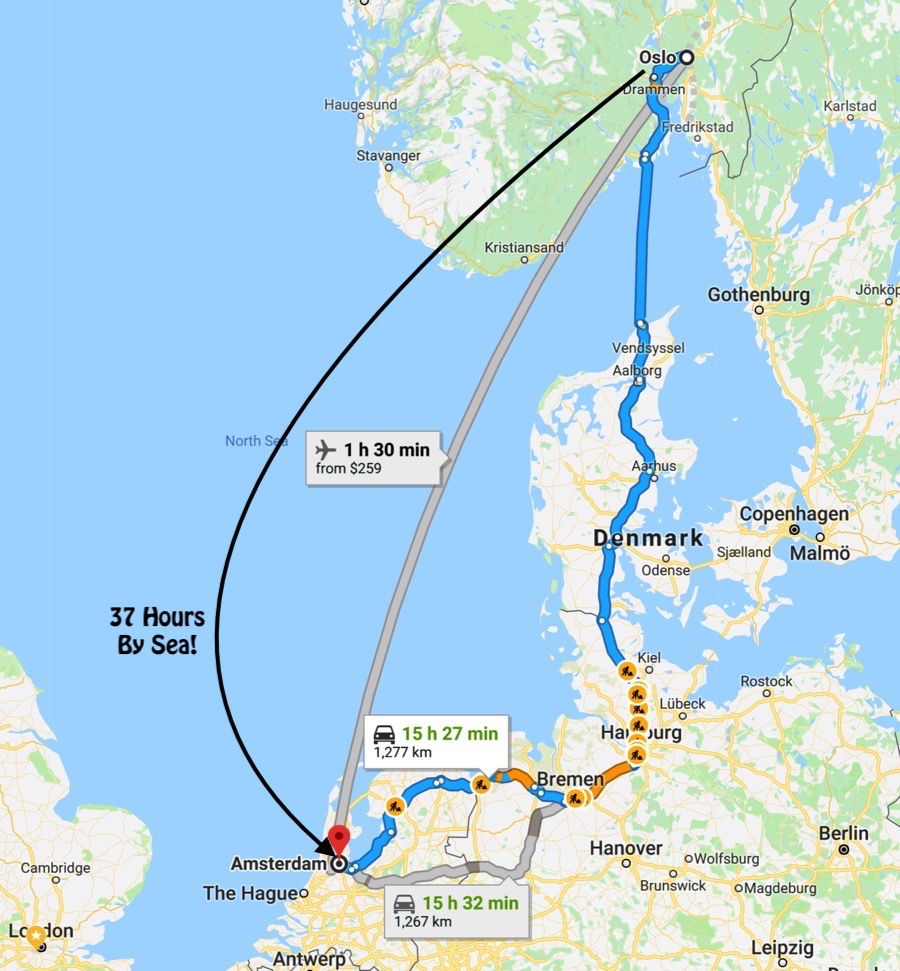
Going by sea was a lot more fun!

570 miles to Amsterdam!
 Morning: Arrives 07:00 AM Amsterdam, The NetherlandsAfternoon: Depart Holland America Cruise Line, motor coach to Schiphol Airport Amsterdam. Depart KLM Airlines (Air France), 1:50 PM, Flight #2009, arrive Charles De Gaulle, Paris 3:10 PM. Motor coach from Airport to Disney Paris
Morning: Arrives 07:00 AM Amsterdam, The NetherlandsAfternoon: Depart Holland America Cruise Line, motor coach to Schiphol Airport Amsterdam. Depart KLM Airlines (Air France), 1:50 PM, Flight #2009, arrive Charles De Gaulle, Paris 3:10 PM. Motor coach from Airport to Disney Paris
